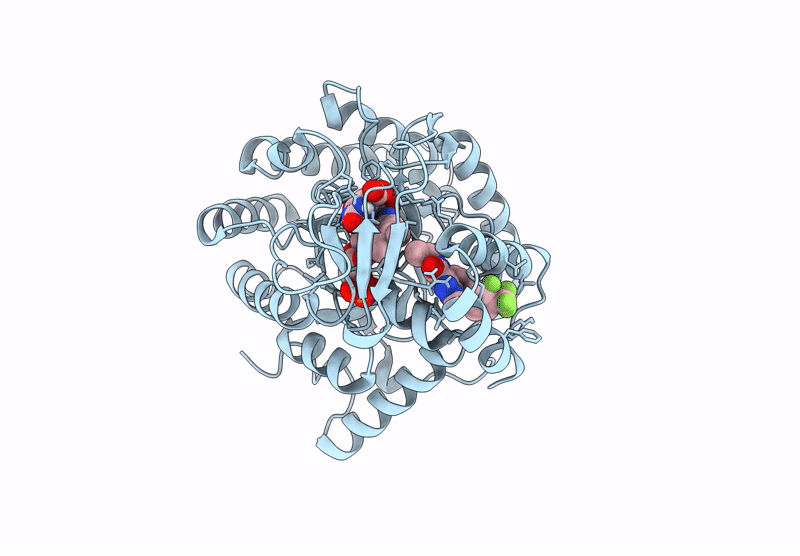
Deposition Date
2024-09-09
Release Date
2025-01-01
Last Version Date
2025-01-22
Entry Detail
PDB ID:
9DKQ
Keywords:
Title:
Crystal structure of Plasmodium falciparum dihydroorotate dehydrogenase bound with Inhibitor DSM1153 (4,6-dicyclopropyl-3-(3-fluoro-4-(trifluoromethyl)benzyl)-2-methyl-2,6-dihydro-7H-pyrazolo[3,4-d]pyridazin-7-one)
Biological Source:
Source Organism:
Plasmodium falciparum 3D7 (Taxon ID: 36329)
Host Organism:
Method Details:
Experimental Method:
Resolution:
3.15 Å
R-Value Free:
0.21
R-Value Work:
0.17
R-Value Observed:
0.18
Space Group:
P 64


